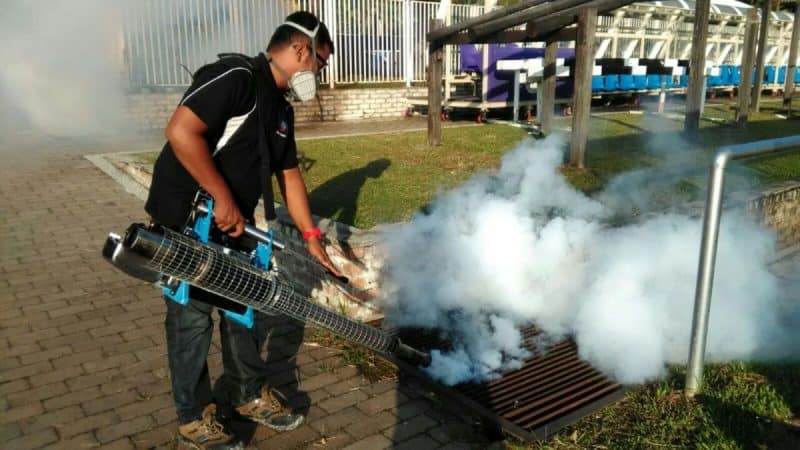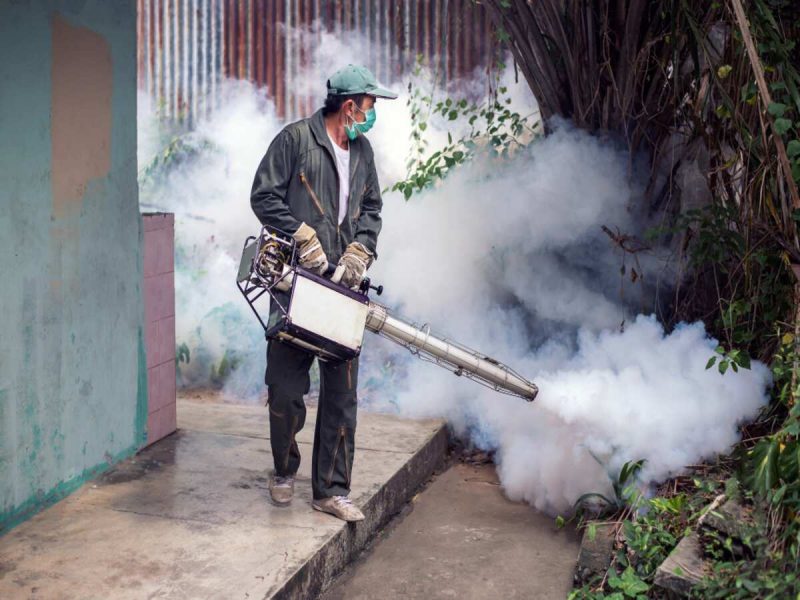Mosquito fogging is an efficient way to get rid of mosquitoes in an area. These insects are annoying and deadly because of the diseases they carry. Fogging can target many adult mosquitoes and their larval stages in one treatment. That is why you should know how safe and effective this technique is.

Safety
Many communities use mosquito fogging to control mosquito populations. It stops these insects from breeding and biting more people. The treatment is effective in outdoor areas. The process involves diffusing non-toxic compounds to target adult mosquitoes. When conducted in areas with stagnant water, the larvae also die off. The following are some factors to consider in deciding whether this treatment is a safe one:
- Time and weather may reduce unintentional exposure to chemicals. These factors can also increase the treatment’s effectiveness. Mosquito fogging often takes place during peak mosquito activity.
- The types of chemicals used are often approved by the area’s environmental and health authorities.
- The local authorities make the public aware of the treatment before it begins. A simple orientation can help reduce the effects of the chemicals on pets and humans. Covering water and food sources, as well as staying indoors is important before mosquito fogging.
- Professionals perform this treatment. This prevents overexposure to chemicals.
- The effects of this treatment can last for about three days. That is why it is ideal for outdoor gatherings or events.
- Studies show that mosquito fogging machines are 90% effective.

Effectiveness
Chemicals dispersed by mosquito fogging can reach more areas than mosquito coils or candles. The machine contains insecticide. It spreads the compounds throughout the target area. Since the chemicals are oil-based, the particles linger longer. They even stay in areas with stagnant water, which are common breeding areas for mosquitoes.
Mosquito fogging diffuses insecticides in the form of a fine mist. It targets adult mosquitoes and their larvae. The result is a significant reduction in the spread of mosquito-borne diseases. Areas with outbreaks of mosquito-borne illnesses benefit from this treatment. Below are the common chemicals used in this technique:
- Malathion is a type of organophosphate that targets many species of mosquitoes.
- Pyrethroids are like natural insecticides from chrysanthemum flowers. They disrupt the nervous systems of mosquitoes.
- Organophosphates block an important chemical for nerve function in small insects.

The Alternatives
Some areas may use mosquito fogging as a primary treatment against mosquitoes, but there are other alternatives to consider. These options can help minimize environmental and health risks:
- Good landscaping
- Pouring out stagnant water
- Cleaning out gutters
- Changing the water in bird baths regularly
- Cleaning and sanitizing trash cans
- Placing bacteria toxic to mosquito larvae in water sources
- Introducing natural predators of mosquitoes
- Placing mosquito-repellent plants in the garden
- Installing screens and nets
- Opting for professional intervention in mosquito fogging as opposed to DIY
- Choosing the right insecticide
- Wearing long sleeves and pants
- Applying effective mosquito repellents
- Awareness of proper techniques for protecting your home against mosquitoes

Mosquito fogging can help control mosquito populations in your area. It can support other techniques like applying repellents or placing repellent plants in your living space or workplace. Awareness of the technique’s safety and effectiveness can encourage you to welcome fogging as a good way to fight off mosquitoes.